
- 1. Understanding Water-Wise Plants
- 2. Why Choose Water-Wise Plants for Your Courtyard?
- 3. Designing a Courtyard with Water-Wise Plants
- 4. Adding Elements to Enhance Your Water-Wise Courtyard
- 5. Real-Life Examples of Water-Wise Courtyards
1. Understanding Water-Wise Plants
Water-wise plants, also known as drought-tolerant or low-water plants, are species that thrive in dry conditions with minimal water. These plants have adapted to survive in regions with limited rainfall, and they typically have unique characteristics like deep roots, waxy leaves, or small leaves that help reduce water loss. By incorporating water-wise plants into your courtyard design, you can create a beautiful, sustainable outdoor space that requires less water and maintenance.
Choosing the right water-wise plants is key to ensuring your courtyard remains vibrant and eco-friendly. These plants are perfect for areas with hot summers, limited water resources, or homeowners who want to reduce their environmental impact while still maintaining an attractive landscape.
2. Why Choose Water-Wise Plants for Your Courtyard?
Designing a courtyard with water-wise plants offers several significant benefits. Here are some reasons why incorporating these plants into your landscape is a great idea:
1. Water Conservation
Water conservation is one of the most important reasons to choose water-wise plants for your courtyard. These plants require less water to thrive, making them ideal for areas experiencing drought or places where water resources are scarce. By reducing water usage, you help conserve a valuable resource and minimize your environmental footprint.
2. Reduced Maintenance
Water-wise plants are typically easier to maintain than traditional garden plants. They are often more resistant to pests and diseases, and they require less frequent watering, pruning, and fertilizing. This not only saves you time and effort but also reduces your reliance on chemical pesticides and fertilizers, making your garden more natural and low-maintenance.
3. Sustainable Landscaping
By designing your courtyard with water-wise plants, you’re contributing to sustainable landscaping practices. These plants help restore natural ecosystems by providing habitat for local wildlife, reducing the need for water-intensive lawns, and preventing soil erosion. Water-wise landscaping also promotes biodiversity, which is essential for a healthy environment.
3. Designing a Courtyard with Water-Wise Plants
Designing a courtyard with water-wise plants requires thoughtful planning and attention to detail. Here are the essential steps to create a functional and visually appealing water-efficient garden:
1. Choose the Right Plants
The first step in creating a water-wise courtyard is selecting the right plants. Some popular options for water-wise plants include succulents, native grasses, lavender, agave, and cacti. It's essential to choose plants that are suited to your climate, soil, and sunlight conditions. Native plants are often a great choice because they are naturally adapted to local conditions and require less water.
2. Group Plants Based on Water Needs
When designing your courtyard, group plants with similar water requirements together. This ensures that you can water efficiently, avoiding over-watering some plants while neglecting others. For example, place succulents and cacti in a dry, sunny spot, while grouping moisture-loving plants like ferns in shaded areas.
3. Use Mulch to Retain Moisture
Mulching is a simple but effective way to conserve water in your garden. A layer of mulch helps retain moisture in the soil, reduces evaporation, and keeps the soil temperature stable. Organic mulches like wood chips, straw, or bark are great options, as they also add nutrients to the soil as they break down.
4. Incorporate Hardscaping Elements
Hardscaping elements such as gravel, stones, and pathways not only add visual interest but also help with water management in your courtyard. These elements can reduce water runoff and help direct rainwater to plant beds. Incorporating raised beds or planters can also improve drainage and allow plants to thrive with less water.
4. Adding Elements to Enhance Your Water-Wise Courtyard
To create a truly inviting and functional courtyard, consider adding the following elements to enhance the aesthetics and sustainability of your water-wise garden:
1. Rainwater Harvesting Systems
Installing a rainwater harvesting system in your courtyard is an excellent way to conserve water and ensure that your plants stay hydrated without relying on municipal water sources. Collecting rainwater from your roof and directing it into a barrel or storage tank allows you to use this water for your garden during dry spells.
2. Drip Irrigation
Drip irrigation is a highly efficient method of watering plants that minimizes water waste. This system delivers water directly to the base of each plant, reducing evaporation and runoff. It’s especially useful for water-wise gardens, as it ensures that plants receive the water they need without over-watering.
3. Decorative Rocks and Stones
Adding decorative rocks and stones to your courtyard can enhance the natural beauty of your water-wise garden. These elements help with water management by providing ground cover that prevents soil erosion and reduces evaporation. They also add texture and contrast, making the garden visually interesting year-round.
5. Real-Life Examples of Water-Wise Courtyards
Here are a few real-life examples of water-wise courtyards that show how beautiful and functional these designs can be:
“A Desert Oasis in the City”
“We transformed our small city courtyard into a desert oasis with drought-tolerant plants and natural stone features. We used agave, yucca, and lavender, which thrive in our hot, dry climate. We also installed a rainwater collection system that helps keep everything lush without wasting water. It’s low-maintenance and looks amazing year-round.” — Sarah, 38, Arizona
“Sustainable, Beautiful, and Easy to Care For”
“After replacing our traditional lawn with native plants and gravel pathways, our courtyard has become much more sustainable and easy to maintain. We love the look of the grasses and succulents, and the drip irrigation system ensures that we don’t waste any water. Our kids enjoy the space, and we’re proud to be doing our part for the environment.” — John, 45, California
For more tips and to explore water-wise plants and landscaping products, visit Beautiful Landscapes, where we offer expert recommendations for creating a sustainable and beautiful garden.

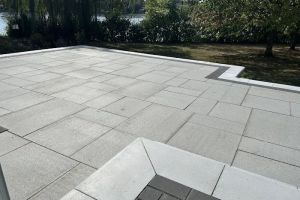

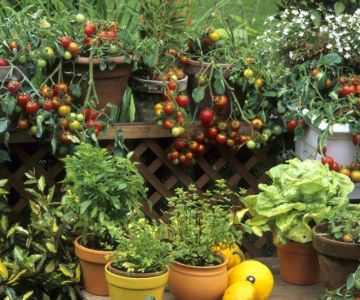
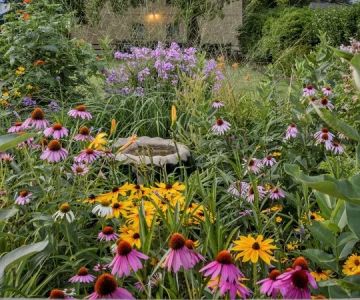
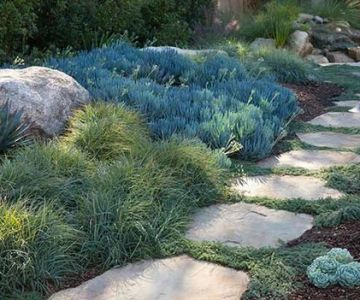
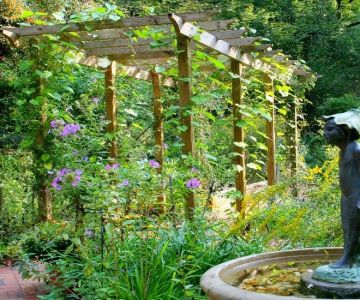
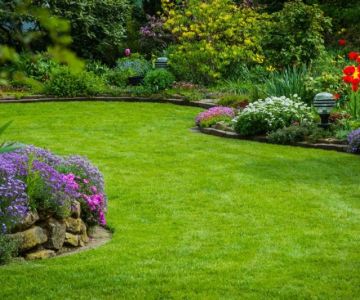

 KMH Landscaping4.0 (15 reviews)
KMH Landscaping4.0 (15 reviews) Niemeyer's Landscape Supply4.0 (104 reviews)
Niemeyer's Landscape Supply4.0 (104 reviews) J&J LANDSCAPING GREEN INC5.0 (1 reviews)
J&J LANDSCAPING GREEN INC5.0 (1 reviews) Post Excavating & Landscaping LLC5.0 (2 reviews)
Post Excavating & Landscaping LLC5.0 (2 reviews) R&S Landscaping & Nursery4.0 (19 reviews)
R&S Landscaping & Nursery4.0 (19 reviews) Surface Landscaping5.0 (1 reviews)
Surface Landscaping5.0 (1 reviews) How to Create a Landscape That Grows With Your Family
How to Create a Landscape That Grows With Your Family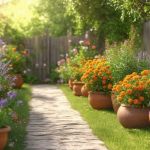 How to Design With Movement: Plants That Sway Gracefully in Your Garden
How to Design With Movement: Plants That Sway Gracefully in Your Garden How to Convert a Concrete Patio Into a Green Oasis | Beautiful Landscapes
How to Convert a Concrete Patio Into a Green Oasis | Beautiful Landscapes How to Create a Butterfly Pathway Through Your Garden
How to Create a Butterfly Pathway Through Your Garden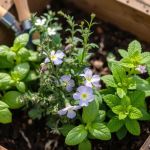 How to Grow a Herb Garden in Your Landscape: A Step-by-Step Guide
How to Grow a Herb Garden in Your Landscape: A Step-by-Step Guide How to Manage Weeds Organically Without Chemicals
How to Manage Weeds Organically Without Chemicals